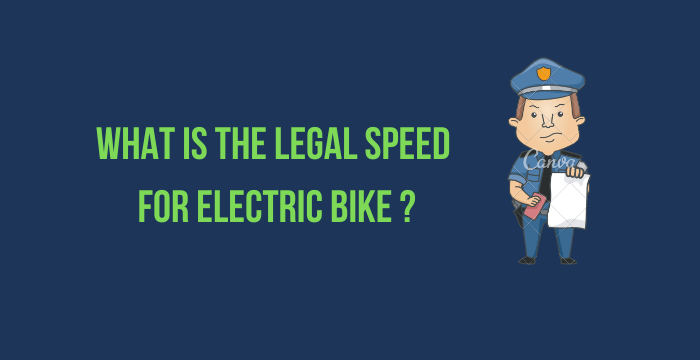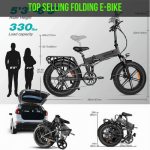
As the electric bike revolution continues to spread, more and more people are asking: what is the legal speed for an electric bike? Knowing this information can give riders a sense of freedom as they navigate their way through city streets. It’s important to stay up-to-date with the latest laws pertaining to these vehicles so that you don’t get in any trouble! As a legal research analyst specializing in electric bikes, I’m here to provide you with all the answers you need about speeds and regulations.
Electric bikes have become increasingly popular over the years due to their convenience, affordability, and eco-friendly nature. They offer users a great deal of freedom when it comes to transportation; however, it’s crucial that riders know what the legal speed limits are before hitting the road. In this article I’ll explain everything there is to know about how fast your electric bike can go without breaking any laws.
The last thing anyone wants is to be pulled over by police or fined for going too fast on their eBike! This knowledge will help ensure that you stay safe while also enjoying a carefree ride around town. Read on below to learn exactly what electric bicycle maximum speeds are legally allowed throughout different countries and regions.
Contents
What Is the Legal Speed for Electric Bike?
Regulations for E-Bikes
When it comes to electric bikes, there are certain regulations and laws that must be followed. E-bikes have become increasingly popular in recent years due to their convenience and efficiency when compared with traditional bicycles. Though they offer a great alternative for commuters, the legal requirements around e-bike speed limits should not be overlooked.
The specific rules governing the use of electric bikes vary from state to state, but most jurisdictions require that riders abide by local traffic laws regarding speed limits on public roads. Generally speaking, the maximum allowed speed for an e-bike is 20 mph (32 km/h). It is important to note that this limit applies only when riding in areas specifically designated as bike lanes or paths if you’re using streets or highways then other applicable speed restrictions apply. Additionally, some states may impose additional safety standards such as helmet usage which must also be followed while operating an e-bike.
Understanding these rules can help ensure that your experience with an electric bike is safe and enjoyable – so make sure to review all relevant regulations before taking your ride out on the open road!
Penalties for Exceeding Speed Limits
Penalties for exceeding the legal speed limit on an electric bike vary by jurisdiction. In some places, you could receive a ticket and pay a fine if caught going faster than the legally allowed speed. In other areas, police may issue warnings instead of fines or tickets to those who are found in violation of the law.
The consequences of riding too fast can be serious
1. A driver’s license suspension or revocation;
2. Possible jail time depending on the severity of violations;
3. Potential increase in insurance premiums due to increased risk from reckless behavior.
It is important to know and adhere to your local laws when operating an e-bike. It’s not only about protecting yourself but also about respecting others’ safety as well as upholding public order. Failing to abide by these laws will lead to unpleasant consequences that far outweigh any pleasure one might experience from flaunting them. Being aware of your surroundings and following the rules helps guarantee everyone’s safety while enjoying their freedom with their electric bikes.
Conclusion
The legality of electric bike speed limits is determined by a variety of factors. Depending on the state, local laws may restrict or even prohibit certain types of bikes from being used in public areas. It’s important to check with your city and/or county before riding an e-bike to ensure that you are compliant with regulations.
In general, most states allow electric bikes to be ridden at speeds up to 20 mph without requiring any special licensing or registration. However, some places have higher speed restrictions for different classes of e-bikes; these classifications can range from Class 1 (up to 20mph) all the way up to Class 5 (capable of reaching 28mph). Failing to adhere to these speed limits will likely result in fines and other penalties. In fact, statistics show that over 90% of riders who fail to obey posted speed signs receive citations when caught by law enforcement officials.
When it comes to operating electric bikes, one thing remains constant: safety should always come first! Whether you’re riding a traditional bicycle or an e-bike, it’s essential that you follow posted rules and observe all speed limit signs so you don’t run afoul of the law not only for your own personal safety but also for those around you as well.



